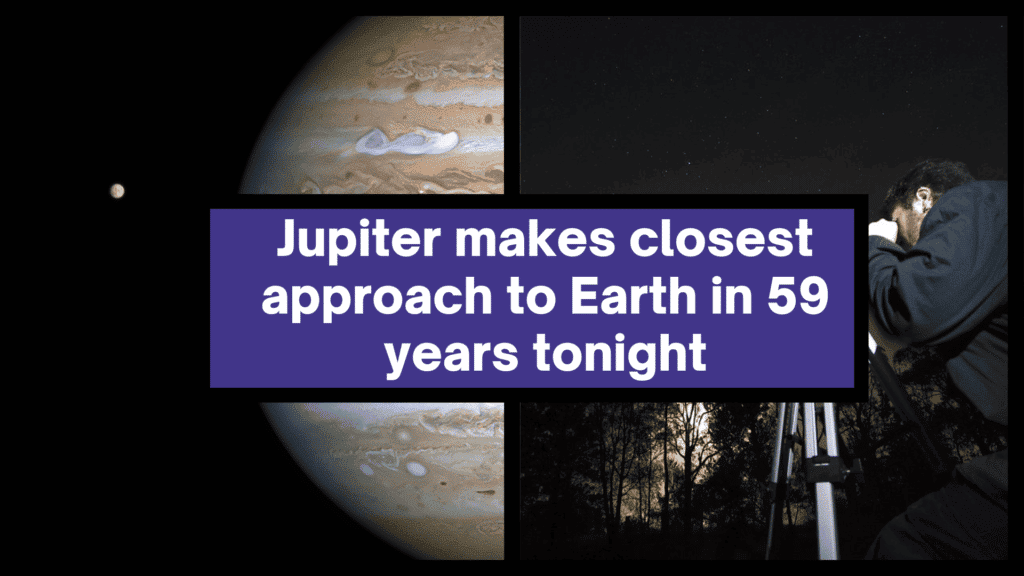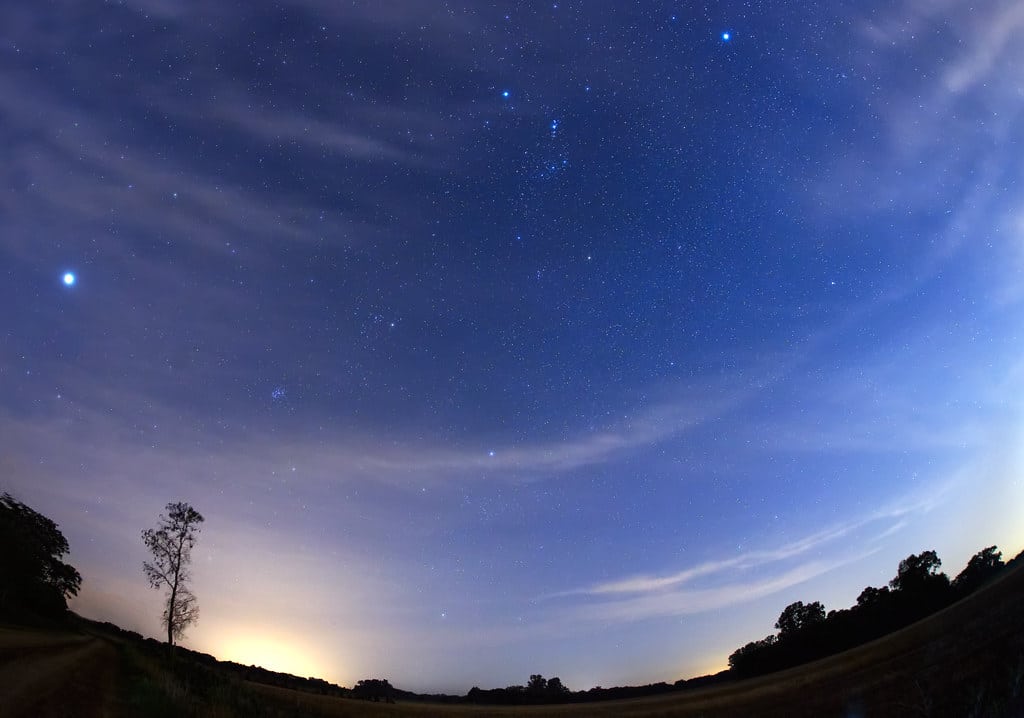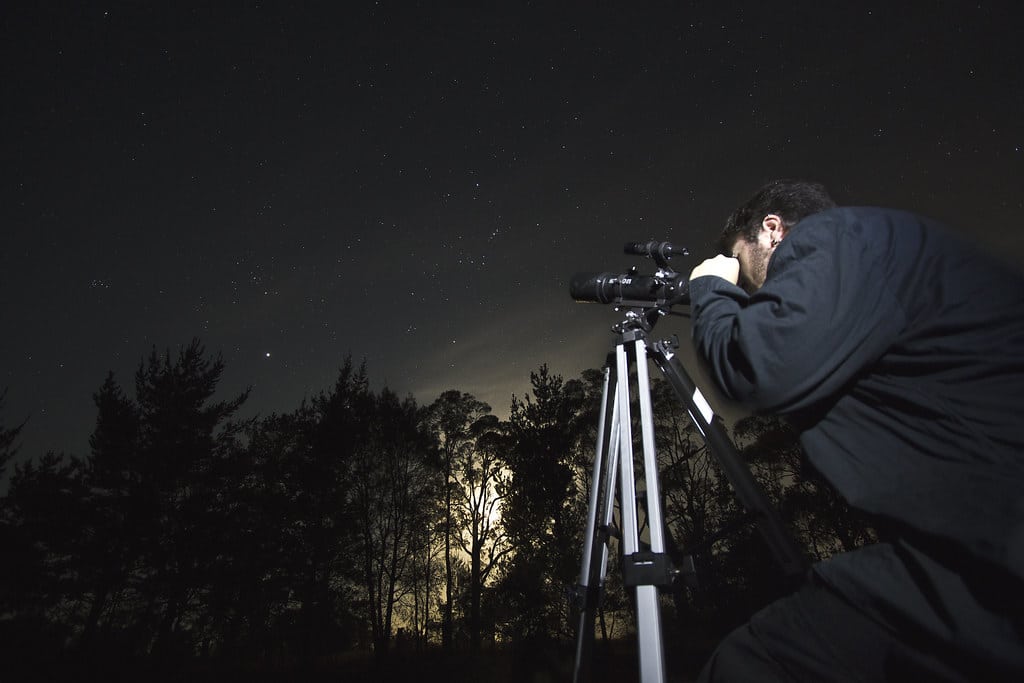Jupiter, otherwise known as the ‘God of Sky and Thunder’, will be bigger and brighter in the sky tonight as it makes its closest approach to Earth in 59 years.

Today, 26 September, Jupiter will be the closest to Earth it has been in 59 years. The planet will rise from the east as the Sun sets in the west, making Jupiter shine brighter and become more visible.
According to Dr Adam Kobelski, A Research Astrophysicist for NASA, the planet should be one of the “brightest objects in the night sky”, if not the most!
To see Jupiter in all its glory, you just need to look to the eastern horizon after the Sun goes down. For those without telescopes or binoculars, you should still be able to enjoy the spectacle.
Jupiter makes closest approach to Earth in 59 years tonight – look to the sky tonight

Dr Kobelski said, “The views should be great for a few days before and after September 26. So, take advantage of good weather on either side of this date to take in the sight”.
If you don’t have a telescope or binoculars, it won’t be a problem as you should be able to see Jupiter even with the naked eye. Without any equipment, the planet will appear pearly white.
However, those with the correct equipment will be able to enjoy even more incredible views of the gaseous planet, even with low magnification.
How to see Jupiter – with or without magnification

While you should be able to see Jupiter with the naked eye, Dr Kobelski, “With good binoculars, the banding (at least the central band) and three or four of the Galilean satellites (moons) should be visible”.
If you wish to have a better view of the spectacle, Dr Kobelski recommends a telescope 4 inches or more.
He also suggests trying out green and blue filters as these will enhance the visibility of Jupiter’s “Great Red Spot” (an enormous vortex) and cloud layers.
How close will it be and why – the closest it has been in almost 60 years

The reason for Jupiter being bigger and brighter is due to an event that occurs every 13 months call the Jupiter opposition.
This means that Earth will be directly between the Sun and Jupiter, generally meaning that these celestial bodies have aligned.
At its farthest point, Jupiter is about 965.6 million km (600 million mi) away from our home planet.
This time, there will be around 590.6 million km (367 million mi) between the two, the closest distance between Jupiter and Earth in almost 60 years.

